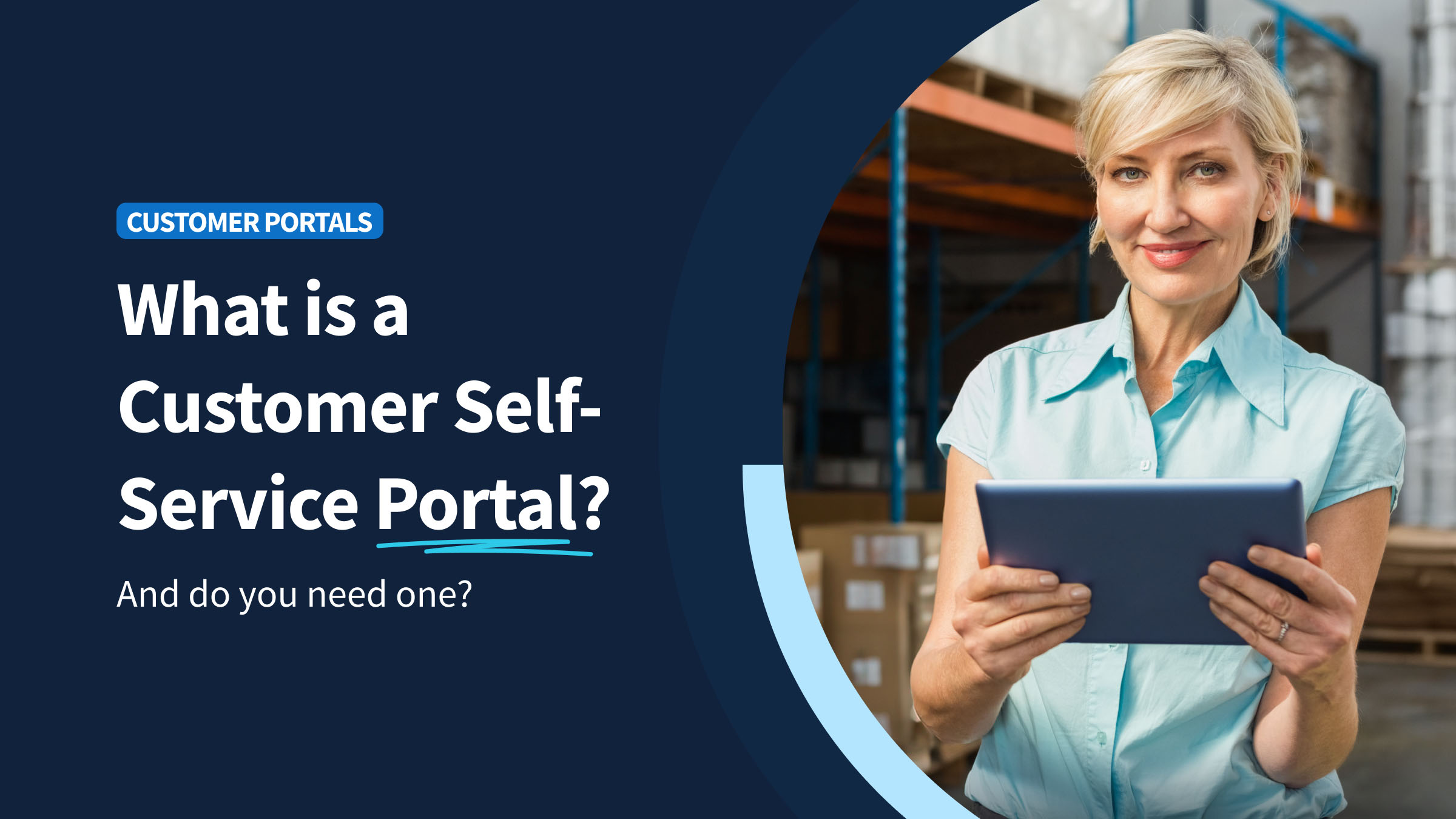Your sales reps know how to reach out to prospects. It’s what they do best. It’s the skill set you value them for.
Your reps also know the importance of following up with prospects after a sales call. That’s a necessary part of their skillset, too. After all, sales, especially B2B sales, are based on strong, trust-filled relationships. The follow-up after the initial sales meeting is simply the next step in that important process.
However, these follow-up communications are no longer as simple as just making a call. In 2019, there’s more to think about. In the midst of a hyper-competitive, fast-moving marketplace and everyone’s busy day-to-day environments, it’s essential to follow up in a way that cuts through the noise and helps you make valuable connections.
Here are the essential post-sales call practices you and your reps should be following.
Make a follow-up plan
Your starting point is recognizing that the most effective sales reps don’t do things willy-nilly. They make a plan.
Now, don’t get caught up in the word “plan” and worry that this means you need a comprehensive strategy. On the contrary, this can be done in a quick-and-dirty manner. It may even be better to think of the end product as an “informed approach” rather than a detailed plan.
Whatever you call it, the point is that a fruitful sales process always has some deliberate thought behind it. As the first step of your post-sales call follow-up, sit down and sketch out the way forward with your prospect.
Timing doesn’t matter — but other factors matter
Most sales reps are comfortable with the idea of making a follow-up call. But everyone worries about the timing.
When should I call? If I call right away, will I seem overeager? But if I call too late, will I appear uninterested?
Calm down. There is no definitive answer to these questions.
Well, actually, there is a best answer. And here it is: the right time to call is as soon as you confidently answer some key questions about the potential sale.
Answer these questions to inform your follow-up
In order to build your “informed approach,” take some time to consider the following questions before reaching out to your prospect.
Review your notes from the sales call meeting, and ask yourself: “What is the prospect’s principal business problem they need help solving?” This is what the prospect cares about, and it’s what you should care about as you prepare your follow-up plan. Those pain points will help determine the tone, message, and channel you use.
What is the prospect’s “customer lifetime value”? The customer lifetime value (CLV) is the monetary value of a customer’s lifetime relationship with your business. The CLV has many purposes, including setting marketing priorities, but it also helps turn the company’s forecasting practices from quarterly earnings to a more customer or relationship-based perspective.
Has your sales enablement team provided you with materials such as a buyer persona? A buyer persona is a strategic document containing generalized buyer profiles based on your target customers’ industries, sizes, regions, business models and growth priorities. It’s essentially a cheat sheet to help you formulate your communication plan.
Have you identified the decision-makers? You’ve spent a lot of time thinking about what you’re going to say. Just make sure you’re saying it to the right person. Directing your communications toward a non-decision-maker isn’t a winning strategy.
Furthermore, what is the decision-maker’s main priority? Are they looking for better workflow management or customer management? Are they mostly focused on cost or time savings?
Answering each of these questions will help you determine the what and who of your follow-up strategy.
Engage using different channels
Your immediate follow-up connection doesn’t have to be a standard phone call. Keep in mind that different generations are accustomed to communicating using different channels. Baby-boomers are phone call people. Gen X people are emailers. And Millennials and Gen Z use social media in the same way their parents used the telephone.
Engage with non-sales content
Similarly, your follow-up connection doesn’t have to pertain to the product or service in question. Instead, you can slowly build engagement with a prospect in many different ways. For example, consider the following ideas:
- Sharing free content produced by your team: thought leadership pieces, white papers, infographics, etc.
- Sending industry analyses or business insights
- Asking them to participate in opinion surveys
- Providing helpful resources and tools like buyer persona templates
Engaging your contacts with non-sales content is a great way to highlight what your company offers and show that you understand their struggles while giving them something free they can use right away.
Follow up with a clear intent
Saying, “Hey, I’m just checking in” doesn’t really cut it as a sales tactic. Those types of follow-ups don’t tend to yield many results.
You should always have a clear reason for following up with a prospect. And here’s a hint: having a simple reason is a perfectly valid reason! It could be as straightforward as sharing a piece of content (like a blog post or a white paper) that you saw and thought they’d be interested in, as discussed above.
Here’s one better: if your prospect is actively pushing their own content online, respond to it and offer your appreciation for their insights and perspectives. That’s another great and easy reason to continue the conversation.
When you reach out, it’s important to have a handle on why that content matters to you and your prospect, as well as how it relates to the problems you can help them overcome. Don’t leave those things unsaid — tell them directly! You should also be ready to suggest the next step, such as offering another meeting or a complimentary demo of your product.
Use technology to develop your follow-up strategy
A customer relationship management (CRM) solution is a great tool to help you develop your follow-up plan, keep your sales pipeline moving and turn those prospects into paying customers. For instance, a QuickBooks CRM like Method can help you manage every part of the sales process, including:
- Capturing new leads
- Tracking your interactions with prospects
- Maintaining a shared team calendar with reminders for follow-up calls and appointments
- Updating your sales opportunities as they move closer to closing
- Creating estimates for prospects without cluttering your QuickBooks file
Conclusion
No two prospects have identical needs and goals, and this means that no two sales follow-up processes can be identical. However, there are certain follow-up strategies that can increase your chances of success. With these best practices in mind, your sales reps will be ready to effectively connect with prospects and turn them into loyal customers.






